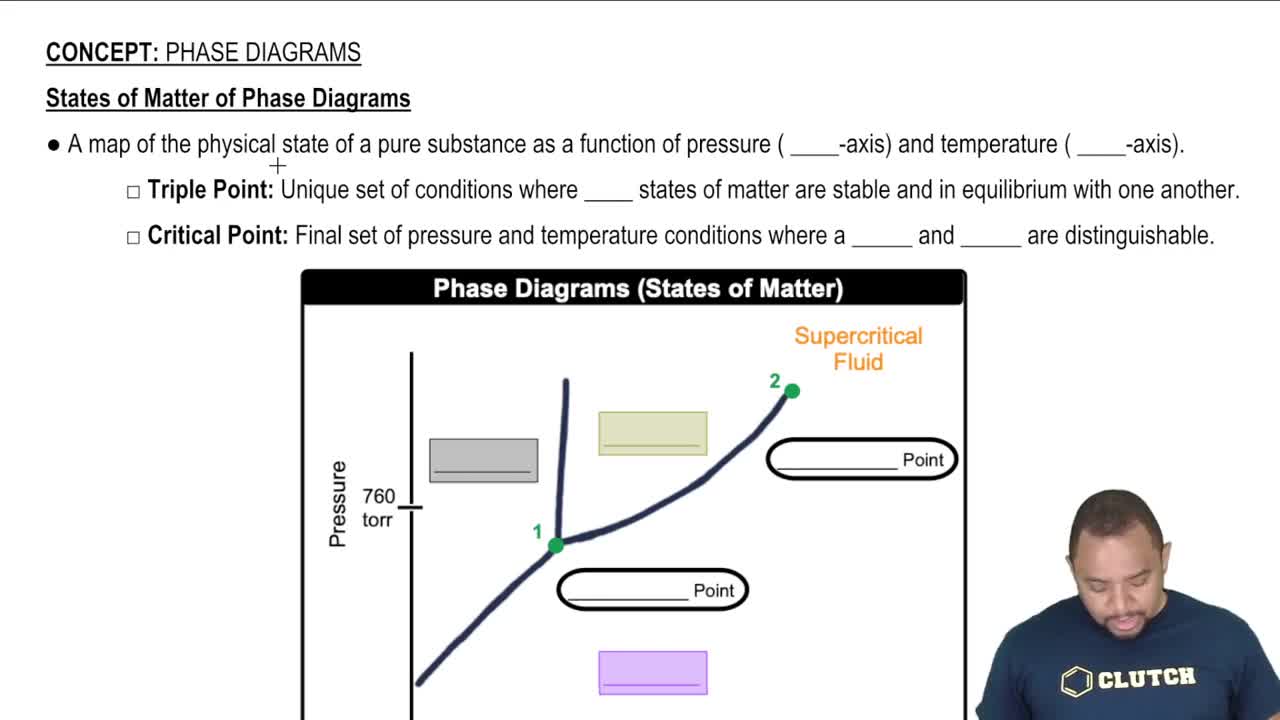Textbook Question
Balance the following equations. (b) Au + H2SeO4 → Au2(SeO4)3 + H2SeO3 + H2O
680
views




Balance the following equations. (b) Au + H2SeO4 → Au2(SeO4)3 + H2SeO3 + H2O
Balance the following equations. (c) NH4ClO4 + Al → Al2O3 + N2 + Cl2 + H2O
Balance the following equations. (a) CO(NH2)2(aq) + HOCl(aq) --> NCl3(aq) + CO2(aq) + H2O(l)
What are the molecular (formula) weights of the following substances? (a) Hg2Cl2 (calomel, used at one time as a bowel purgative)
What are the molecular (formula) weights of the following substances? (b) C4H8O2 (butyric acid, responsible for the odor of rancid butter)
What are the molecular (formula) weights of the following substances? (c) CF2Cl2 (a chlorofluorocarbon that destroys the stratospheric ozone layer